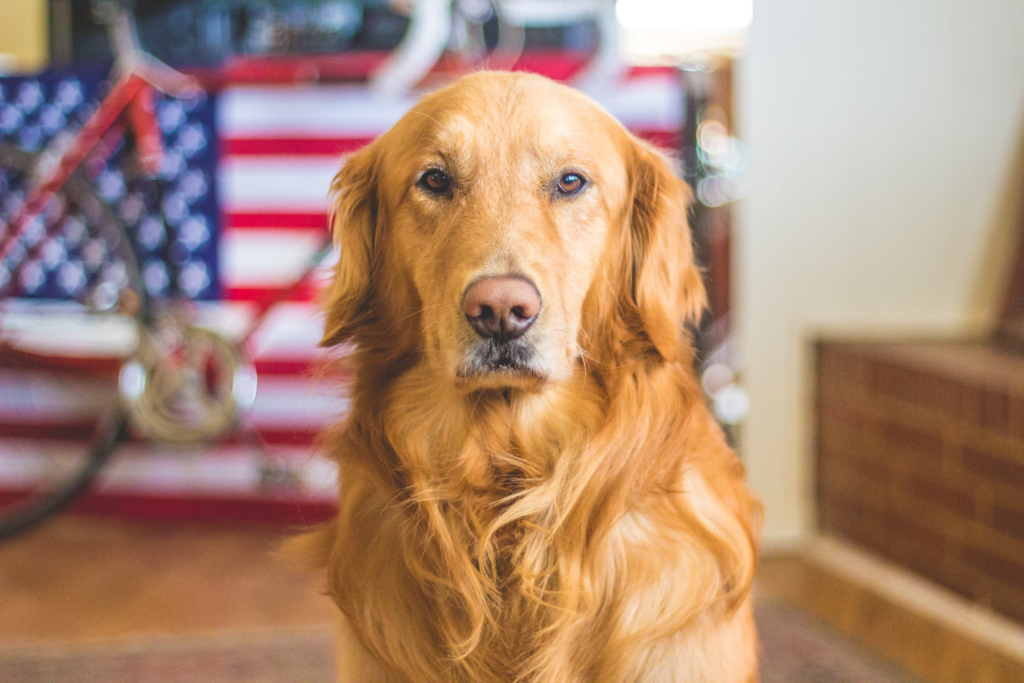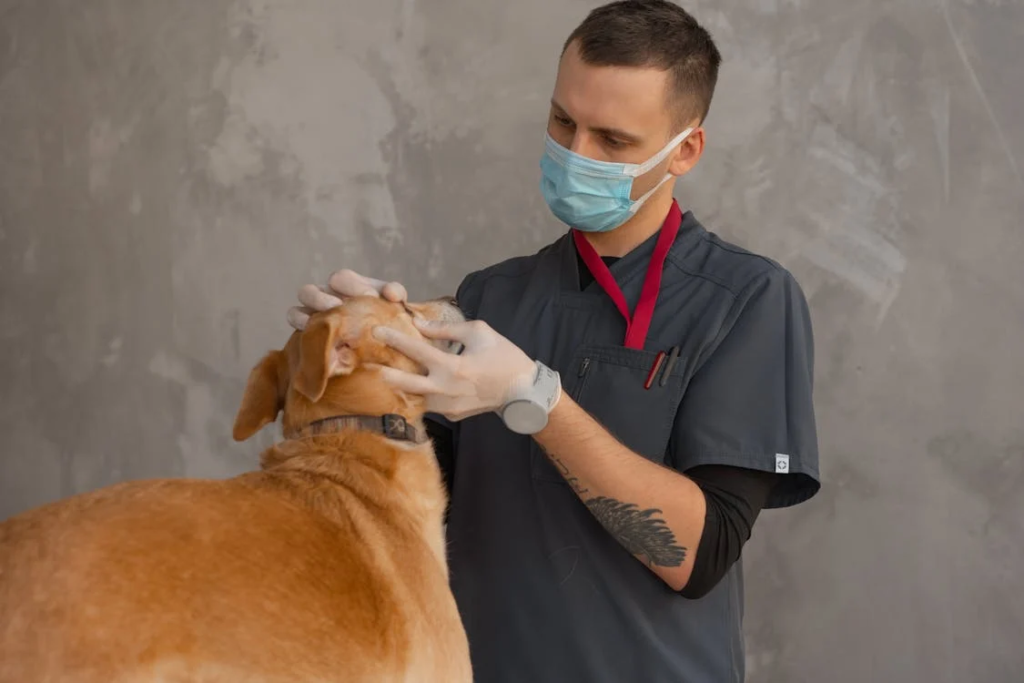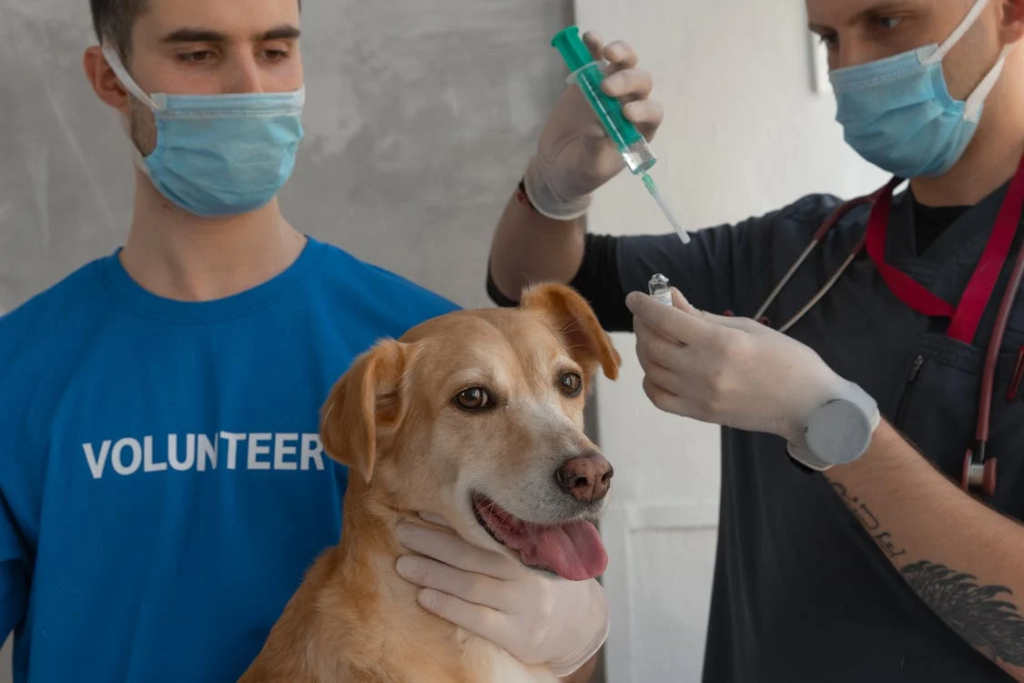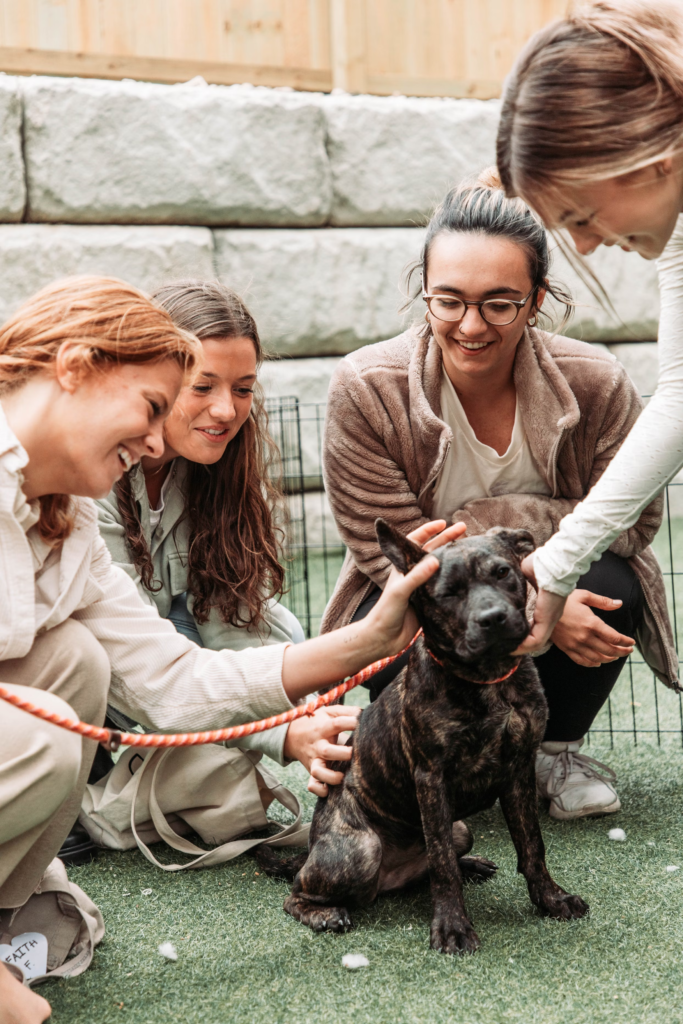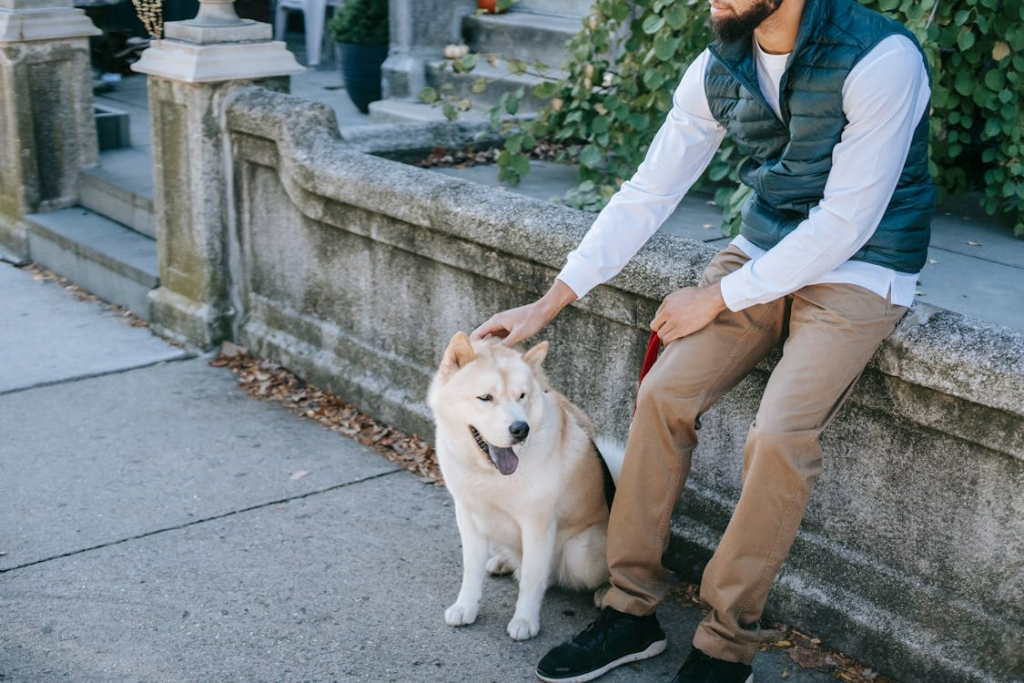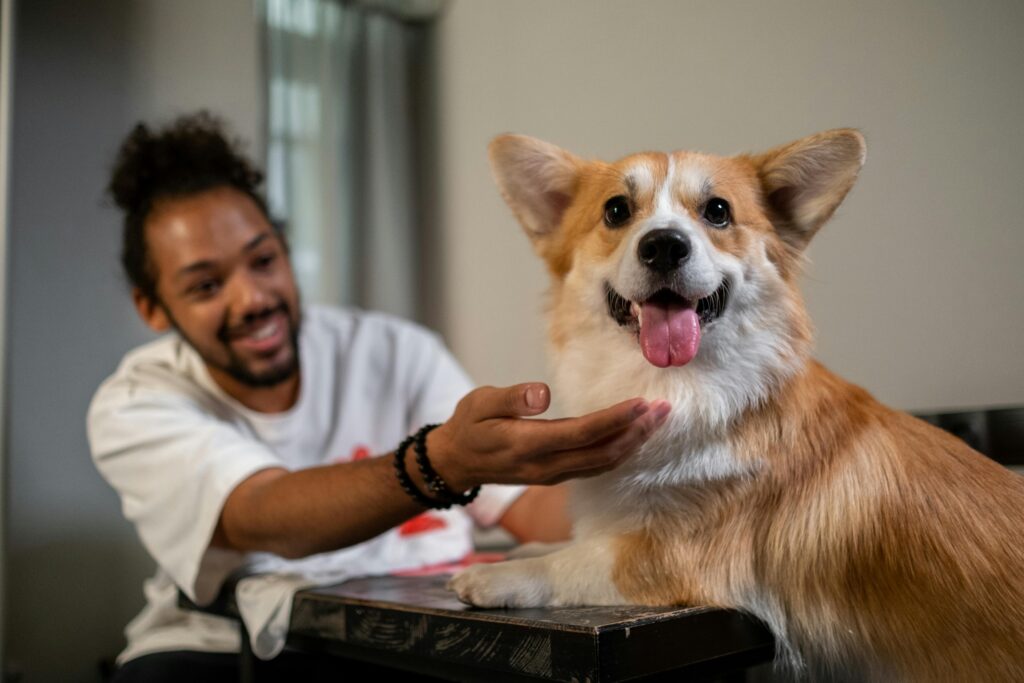
As the new year begins, many of us set goals to improve our health, productivity, and well-being. While achieving resolutions can be challenging, having a service dog by your side could be the unexpected support system you need. These highly trained animals can play a pivotal role in helping you stay motivated, organized, and mentally strong throughout the year.
Physical Fitness Goals

One of the most popular resolutions is to get in better shape. For individuals with mobility challenges or conditions like arthritis, service dogs provide physical assistance, such as retrieving objects, opening doors, and offering balance support. Having a service dog can encourage regular movement, as they require daily exercise themselves.
Taking your dog for a walk not only benefits their health but also gives you a reason to lace up your sneakers and hit the pavement. Studies show that dog owners tend to be more active than those without dogs. Your service dog becomes a companion in physical activity, motivating you to maintain a consistent exercise routine.
Read more: 11 Ways You Can Exercise With Your Pet
Mental Health and Emotional Well-Being

The start of a new year can bring anxiety or feelings of overwhelm, particularly when trying to juggle multiple resolutions. Service dogs trained in psychiatric support can help manage symptoms of anxiety, depression, or PTSD. These dogs are skilled in tasks like interrupting panic attacks, providing deep pressure therapy, and reminding their owners to take medication.
The mere presence of a service dog can have a calming effect, helping to reduce stress levels and improve emotional stability. With their unconditional love and grounding presence, service dogs foster a sense of security that can help you stay focused and resilient when working toward your goals.
Read more: Mental Health Challenges That Emotional Support Animals Can Help With
Increased Productivity
Staying organized and on top of your goals requires focus, which can be difficult if you struggle with ADHD, autism, or other neurodivergent conditions. Service dogs can assist by reminding you to stick to schedules, alerting you to important tasks, and even helping you find misplaced items.
For those pursuing career or academic resolutions, having a service dog can make navigating demanding environments more manageable. They provide comfort in stressful situations, allowing you to perform at your best.
Fostering Social Connections
Many resolutions include expanding social networks or improving relationships. Service dogs naturally draw attention and can act as social icebreakers, making it easier to connect with others. Whether you’re looking to join a walking group, attend more community events, or simply engage in conversations with strangers, a service dog can help facilitate these interactions.
For individuals who experience isolation due to disabilities or mental health challenges, the companionship of a service dog provides a foundation for building more meaningful connections with people.
Discover: 5 Unexpected Ways Animals Teach Us About Compassion
Accountability and Routine

A significant challenge in keeping resolutions is maintaining consistency. Service dogs thrive on routine, and their needs can help structure your day. Feeding, walking, and training your dog instill a sense of responsibility and routine, which can positively influence your other goals.
Conclusion
Service dogs are much more than pets; they are dedicated partners in helping you live your best life. Whether your goals involve physical health, mental well-being, professional growth, or social enrichment, a service dog can provide the support and encouragement you need to succeed.
This New Year, consider the unique ways a service dog could help you achieve your resolutions and unlock a year of growth, joy, and accomplishment.
Do you own an assistance animal? Register your pet today.
The Service Animal Registry of California invites you to have your assistance animal registered in order to designate its status. We also encourage you to take our online classes so you can be fully aware of your rights and gain more knowledge about your support animal.
Finally, we present to you our book entitled, “ASSISTANCE ANIMAL LAWS: LEARN YOUR RIGHTS REGARDING SERVICE ANIMALS, EMOTIONAL SUPPORT ANIMALS, THERAPY PETS, AND OTHER DOGS, CATS, AND ASSISTANCE ANIMALS” to provide you with a complete education on assistance animals. Purchase your copy of the book by clicking the image below.


